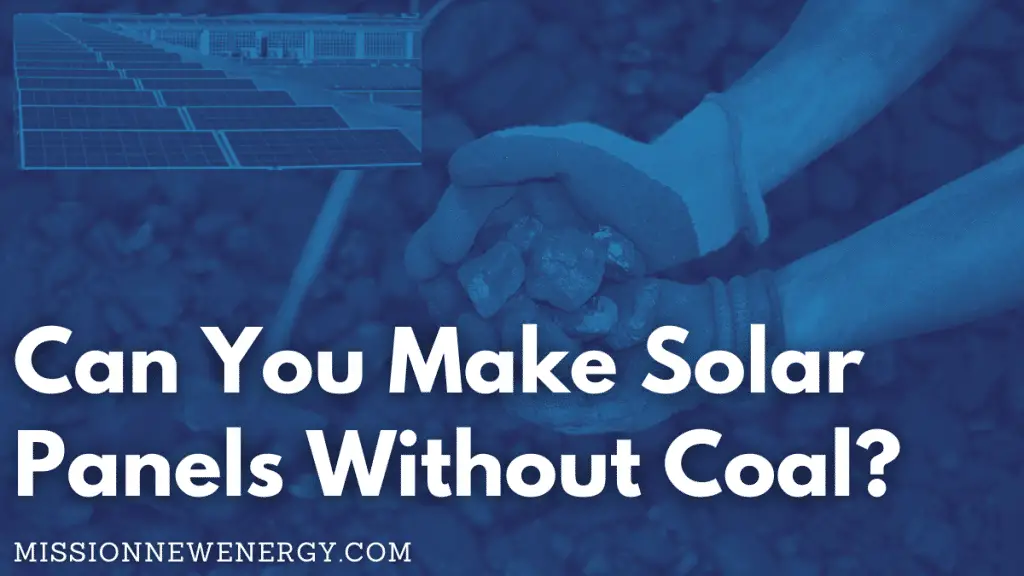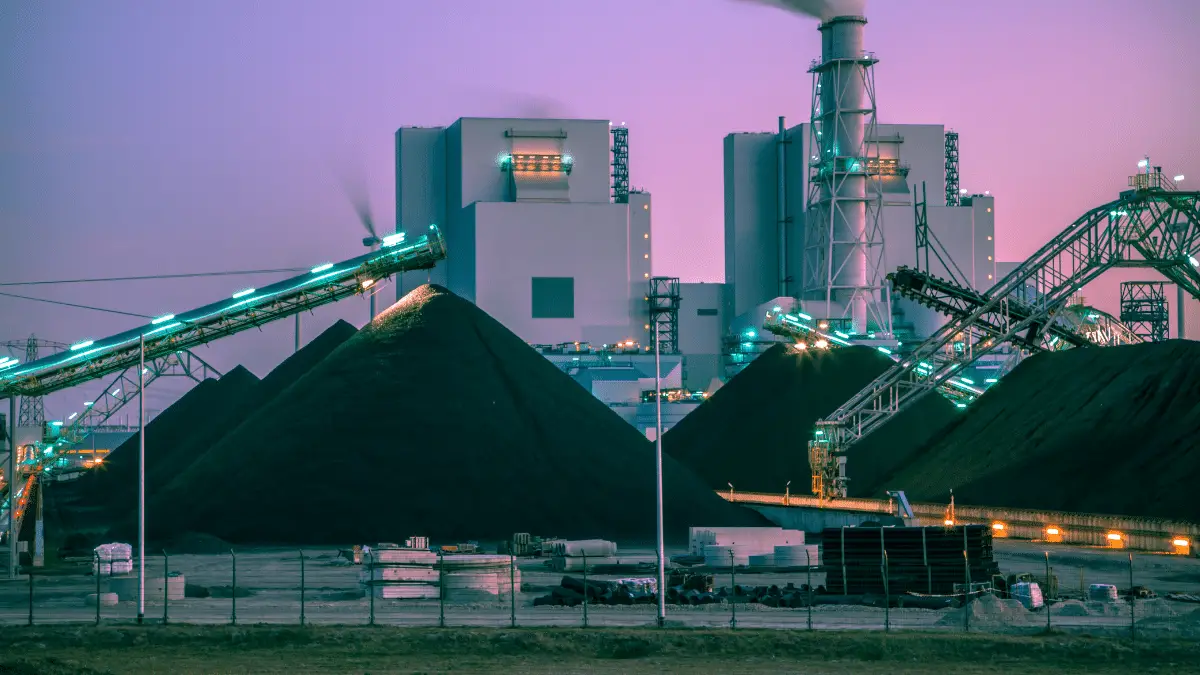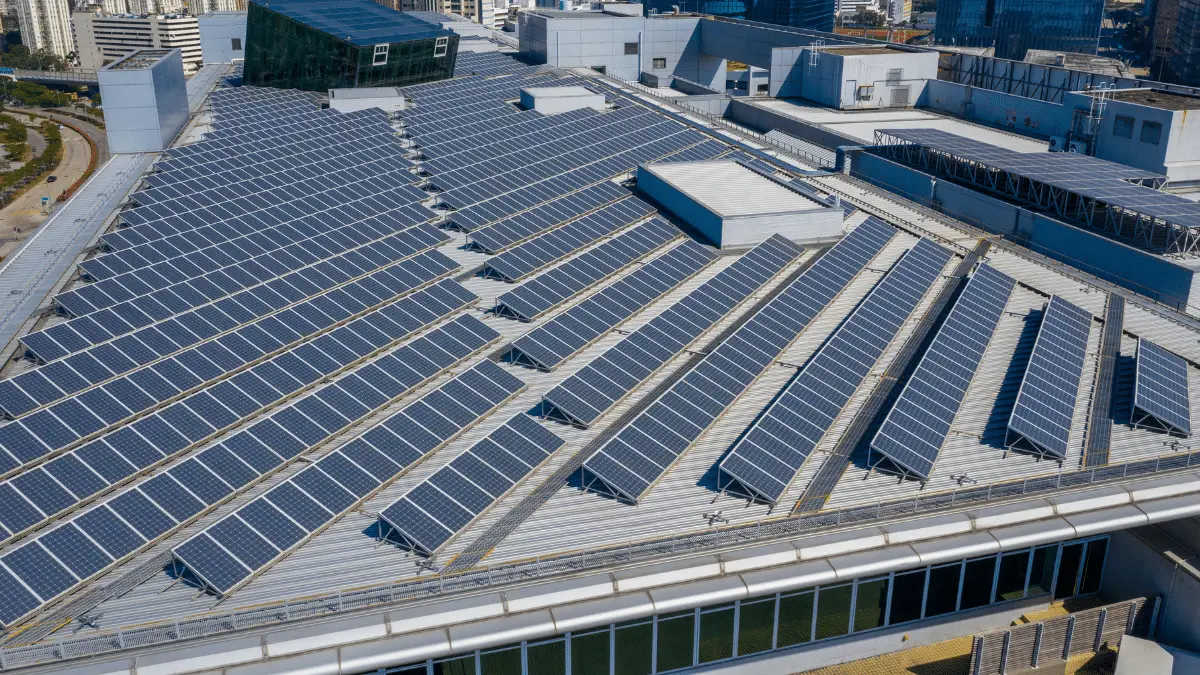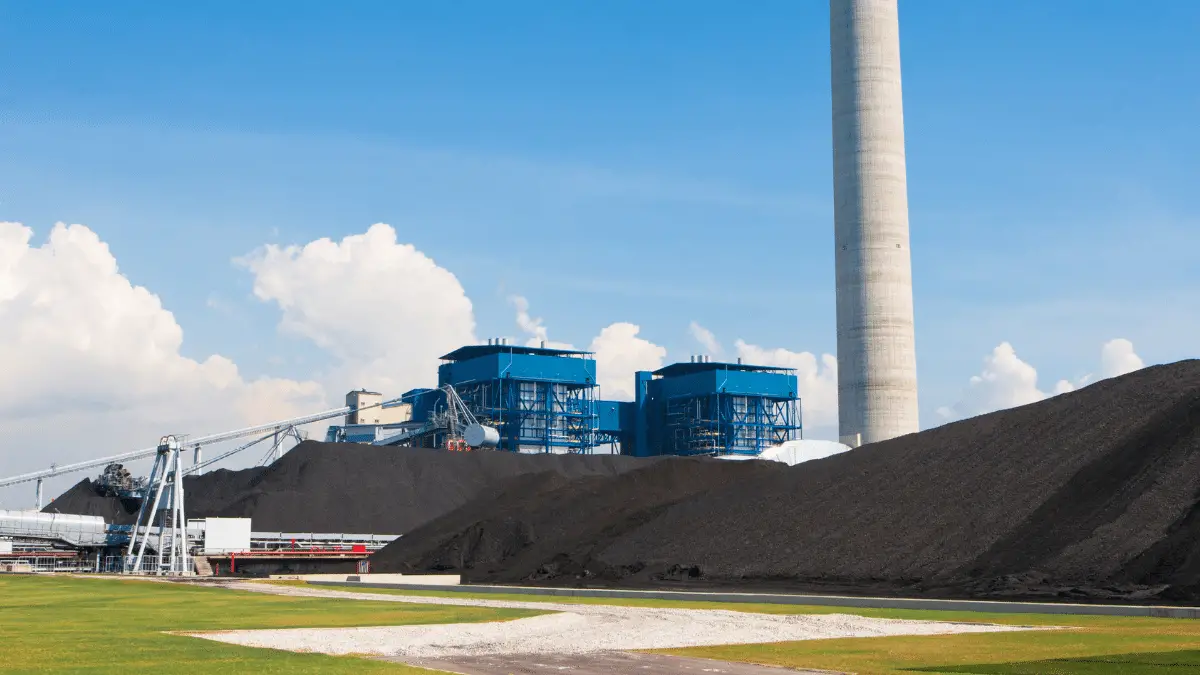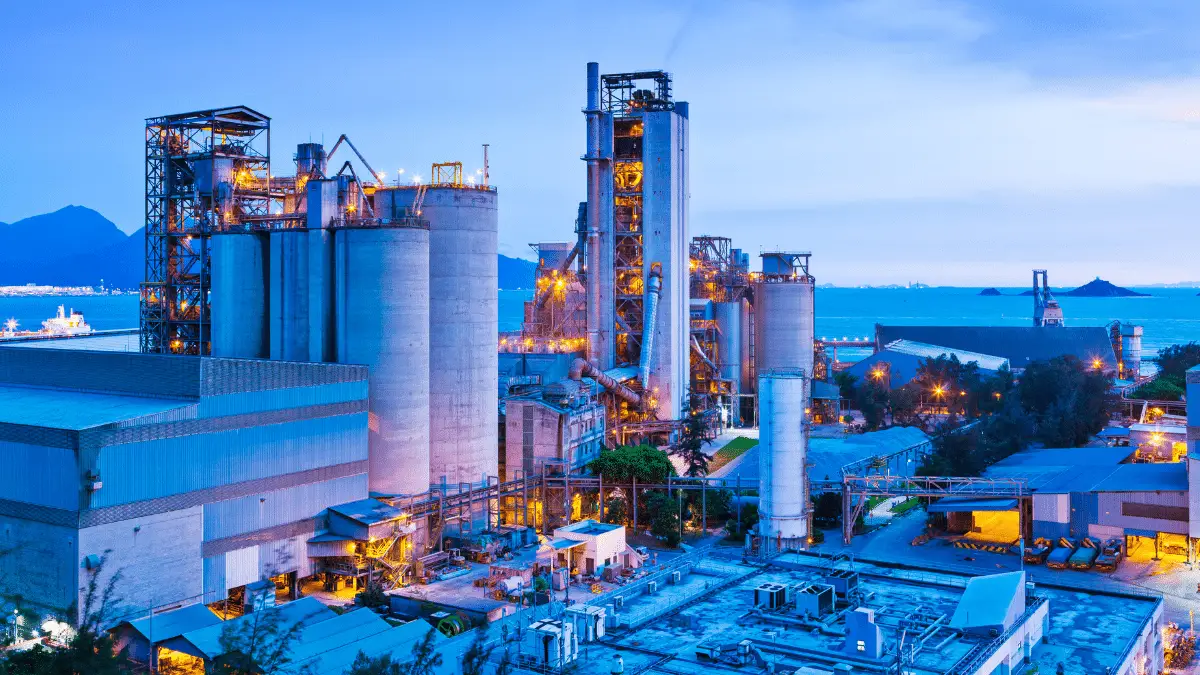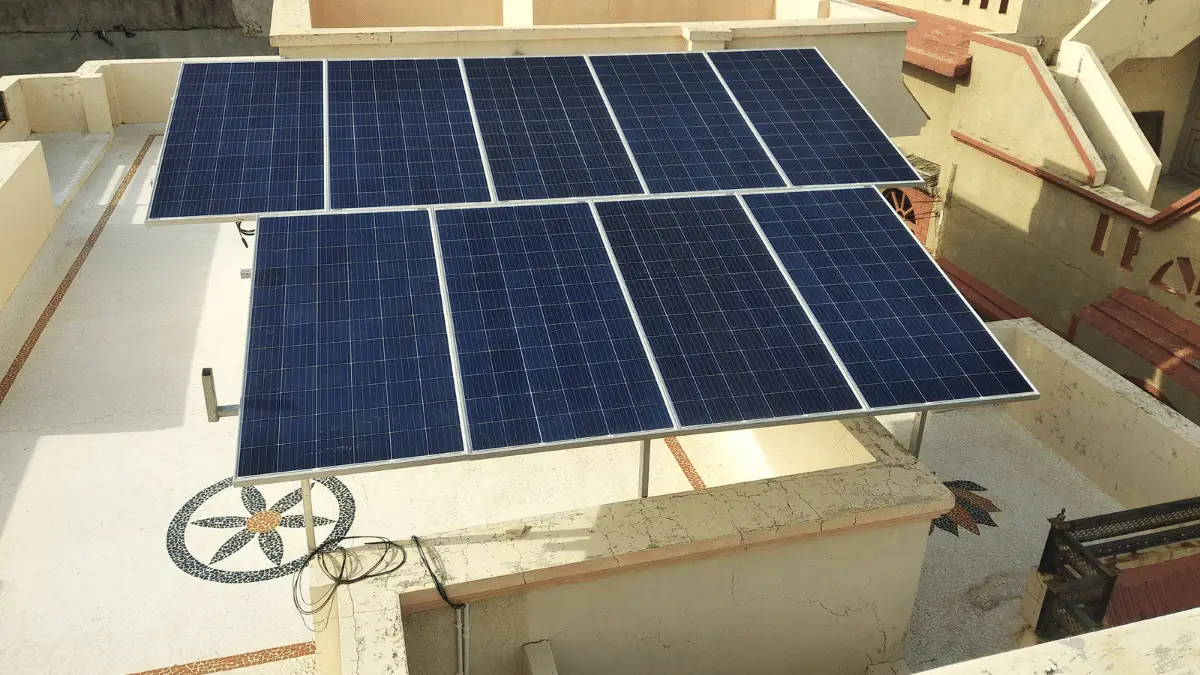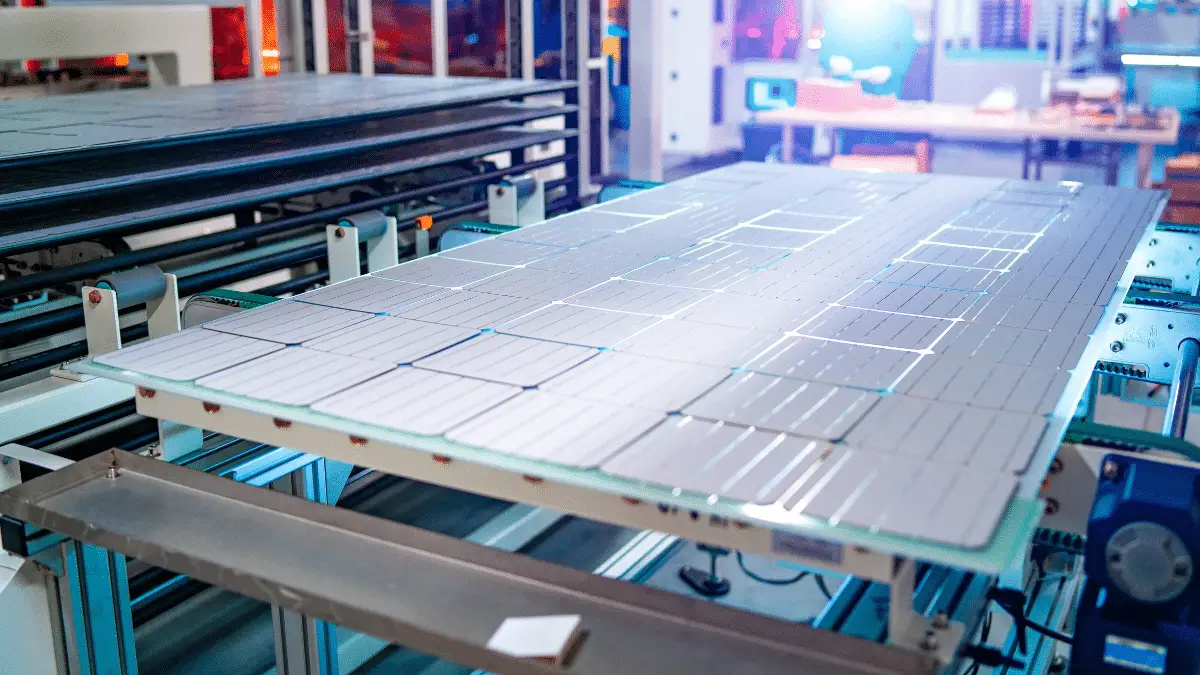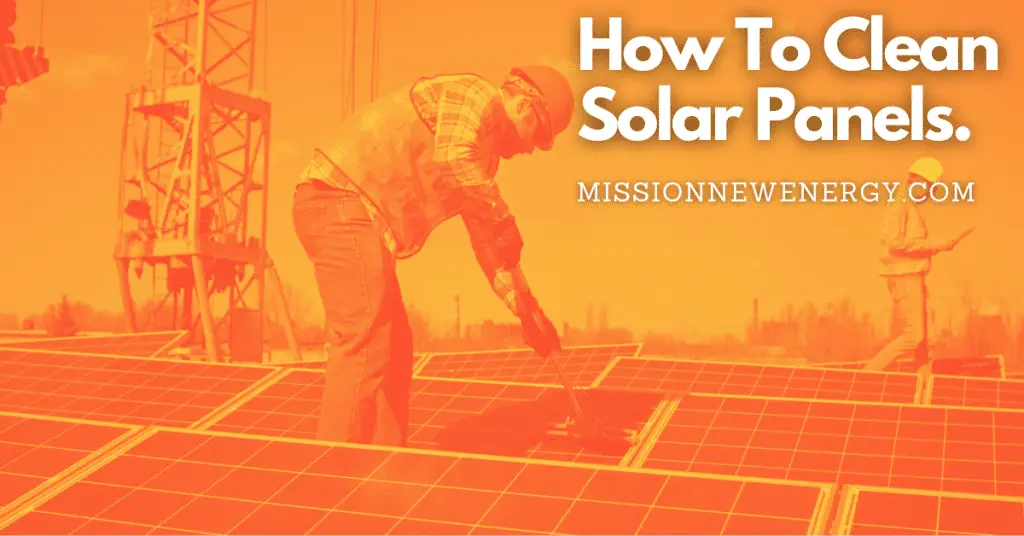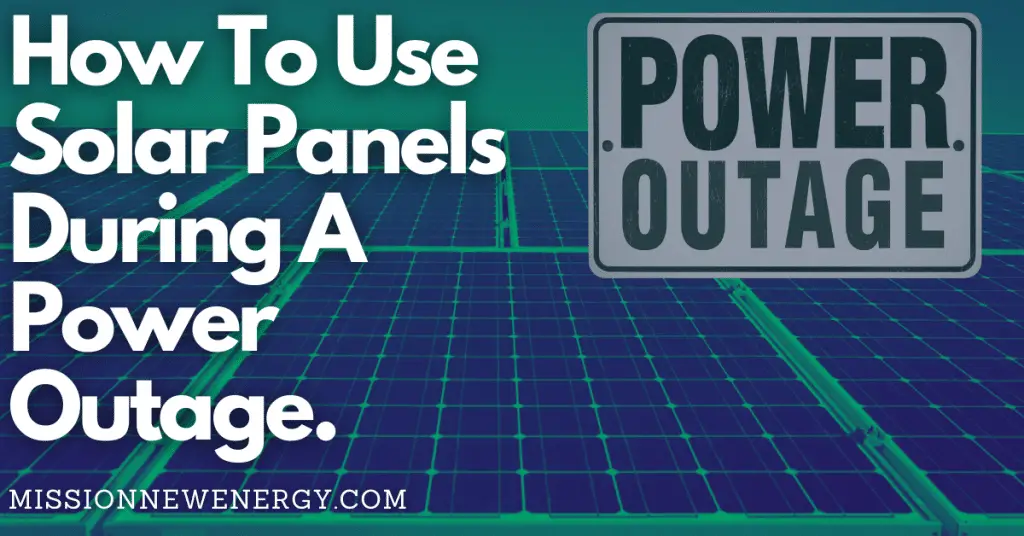As the sun shines down on our planet, it provides a seemingly unlimited amount of energy that you could harness to power our lives in sustainable ways.
Solar panels are one way we can tap into this energy, and they’re becoming increasingly popular as people look for ways to reduce their reliance on fossil fuels.
But there’s a catch – making solar panels requires coal, one of the dirtiest forms of energy.
So can you make solar panels without coal?
The answer is yes, but it will take some work.
Can Solar Panels Be Made Without Coal?
Can we make solar panels without coal? The main ingredient in today’s photovoltaic cells is silicon, and this material is quite plentiful.
So, the answer to the question is Yes! We can make solar panels without coal.
However, you should note that producing a silicon-based solar cell takes significant energy.
And unfortunately, the most commonly used energy source for this production process is coal. This reliance on coal means that the carbon footprint of a silicon solar cell is relatively large.
Researchers are exploring alternative ways to produce solar cells with the hope of finding a more environmentally friendly option.
One promising possibility is using thin-film solar cells made from cadmium telluride or copper indium selenide.
These cells are less energy-intensive to produce than silicon-based cells and have a smaller carbon footprint.
However, they are not yet as efficient as silicon solar cells in converting sunlight to electricity.
Further research is needed to develop more sustainable methods for producing solar panels.
But there are options available that could help reduce the environmental impact of this critical technology.
Do You Need Coal To Make Solar Panels?
Many solar panels in the United States are made with Chinese-manufactured polyvinyl chloride or PVC.
PVC production requires coal, a component used to produce solar panels.
As a result, the photovoltaic cells that are supposed to be helping to reduce our reliance on fossil fuels are contributing to the pollution problem.
In addition, the disposal of photovoltaic arrays is an issue because they contain lead and other heavy metals.
The best way to reduce our reliance on fossil fuels is to install solar panels made with safer materials that you can recycle at the end of their useful life.
With technological advances, it is now possible to find photovoltaic cells that meet these criteria.
Installing these solar panels will help us reduce our reliance on fossil fuels and protect our environment.
Is Petroleum Used To Make Solar Panels?
Some people believe that solar energy will answer the world’s energy problems.
However, fossil fuels are required to make the various components, including petroleum-based fuels for power and energy for the parts.
Backsheets, the protective covering for photovoltaic cells composed of petroleum-based polymeric polymers, are used in this technology.
What Goes Into Making Solar Panels?
All that goes into constructing a solar panel isn’t just the materials utilized to make the cells.
To generate a working solar panel, six separate components must be combined in the manufacturing process.
These components comprise silicon solar cells, an aluminum frame, silicon solar cells, a sheet of Glass, a standard 12V cable, and a bus wire.
Soldering silicon solar cells together and encasing them in an anti-reflective glass cover creates a solar panel.
The photovoltaic effect begins when light strikes the solar cells and generates electricity.
Can Solar Panels Be Manufactured Without Fossil Fuels?
A new business, BioSolar, intends to circumvent petroleum in photovoltaics production, so yes, they may be made without using fossil fuels.
For BioSolar, cellulose, a natural fiber, is the raw material from which they make their solar panels.
The so-called BioBacksheet is formed by combining this film with nylon derived from castor beans manufactured by Arkema, Inc. in Philadelphia.
The National Renewable Energy Laboratory’s initial testing reveals how this flexible plastic backsheet lasted about as long as traditional ones and keeps out just as much moisture as those latter ones.
This is encouraging!
Can We Produce Electricity Without Coal?
Biomass is one alternative to coal for producing electricity. The operation of a biomass plant is comparable to that of gas and coal-fired power stations.
Rather than burning gas or coal, the plant is fueled by biomass like purpose-grown trees, woody biomass, household garbage, and biogas.
According to the EIA’s newly released yearly electric power data, biomass, and waste fuels produced 71.4 billion kilowatt-hours of power in 2016 or 2% of the nation’s total generation.
Biomass fuels are all carbon-based, non-fossil (biogenic) energy sources.
Coal is the most abundant source of electricity globally, supplying more than 36 percent of the world’s electricity supply.
Coal-fired power plants generate about one-quarter of the electricity in the United States.
Coal is a “homegrown” energy source in the United States.
Are Solar Panels Made From Quartz?
Silicon is a critical component of solar panels. In addition, numerous electronic devices make use of this substance.
Quartz stone and quartzite gravel or sand are excellent sources of the purest silicon for solar panels.
A high-temperature arc furnace is used to create ultra-pure silicon.
Silicon and oxygen are the building blocks of quartz (SiO2). Glass manufactured from fused quartz is utilized in various photovoltaic cell applications and production processes.
Quartz’s stability, light transmittance, and heat resistance are essential components of semiconductors and solar cells.
Quartz is an excellent material for solar cells since it’s practically inert, incredibly resilient, and can resist high temperatures.
Why Do We Burn Coal And Trees To Make Solar Panels?
There isn’t a single atom of elemental silicon in the entire universe. Smelting is the procedure by which carbon and heat from an electric arc are used to extract it from quartz.
An estimated 20-megawatt hour of electricity is required for every one-ton-of-silicon-smelting power, resulting in a CO2 emission rate of 5-6 tonnes per one-ton-of-metallurgical grade silicon.
As a result, coal, coke, petroleum coke, and carbon and wood chips derived from hardwood trees are gathered, transported, and burned to process purified silicon from quartz ore during the first stage of solar PV manufacture.
Polysilicon, wafer, ingot, cell, and module manufacturing require more fossil fuels to create electricity. The solar PV sector produces millions of tons of carbon dioxide and carbon monoxide due to these processes.
Are Solar Panels Sustainable?
Solar power is one of the most environmentally friendly options currently accessible.
Scientists and manufacturers worldwide strive to improve solar power technology as its influence and impact grow.
This is one of the greenest sources of energy.
When solar panels are employed, they do not emit any greenhouse gases or emissions, making them a sustainable and clean energy source.
Are Solar Panels Bad For The Environment?
As solar panels linger in landfills, toxic materials, such as lead, can leach into the environment and threaten human health if they reach the groundwater.
Carbon Footprint For Manufacturing Solar Panels
During the first few years of operation, a solar energy system emits roughly 50grams of CO2 per kilowatt-hour. As a result, the carbon footprint of solar panels is around 20 times smaller than that of coal-powered sources of electricity.
Silica Mining For Solar Panels
Talc, Quartzite, and mica can all be used to mine silicon, but sand is the most common mineral source. Using a reduction process, the silicon in solar panels is made by heating silica with a carbon substance and removing the oxygen from the silica.
Fossil Fuels
Since the Industrial Revolution, fossil fuel use has risen dramatically, leading to increased carbon dioxide and sulfur dioxide levels.
These gases trap heat, causing the Earth’s temperature to rise and leading to a phenomenon known as global warming.
As fossil fuel use continues to rise, the Earth’s atmosphere grows increasingly warmer, potentially devastating consequences for the planet.
In addition to global warming, fossil fuel combustion contributes to acid rain and smog formation.
It is essential to reduce fossil fuel use and reliance on fossil fuels.
You can do this through measures such as energy efficiency, renewable energy development, and carbon capture and storage.
Renewable Energy Resources
Homeowners can use renewable energy resources to help power their homes and lower their utility bills.
One way to do this is to install wind turbines or make solar panels. Wind and solar power are renewable forms of energy that you can use to generate electricity.
Wind and solar power are also more environmentally-friendly than other forms of energy, such as coal and natural gas.
Homeowners who install wind turbines or make solar panels can save money on their energy bills and help to protect the environment.
Other forms of renewable power include hydroelectric power, biomass, and geothermal energy.
Homeowners can choose the renewable energy resource that best suits their needs and budget.
By using renewable energy resources, homeowners can save money and help to protect the environment.
Natural Gas
Natural gas is often lauded as a cleaner-burning fossil fuel than oil or coal.
When used for electricity generation, natural gas emits about half the carbon dioxide of coal and 30% less than oil (according to the National Renewable Energy Laboratory).
This lower environmental footprint has led many energy companies and countries worldwide to embrace natural gas to help meet climate change goals.
In addition, natural gas is often seen as a cost-effective way to provide grid electricity, particularly when compared to renewables like solar and wind.
However, some challenges are associated with natural gas development, including methane leaks and water contamination.
So while natural gas may be a cleaner option than other fossil fuels, it’s not without its energy issues.
Final Thoughts
Although it is possible to make solar panels without coal, the process is not currently feasible on a large scale.
As the world’s largest producer of solar panels, China relies heavily on coal-burning power plants to provide electricity for manufacturing.
This reliance results in significant pollution and greenhouse gas emissions from the solar industry.
While efforts are underway to reduce this impact, including new technologies that do not require traditional forms of energy, it will likely be many years before the solar industry can operate without relying on dirty energy sources like coal.
FAQs
Can you make solar panels without silver?
The solar industry relies heavily on silver, which photovoltaic cells use to generate electricity.
As a result, solar panels are more expensive since they utilize around two-thirds of an ounce of silver.
In the future, the need for silver in solar could double. As a result, rising silver demand may significantly impact the solar industry in the future by driving up silver prices.
This might affect the cost of solar panels, which would subsequently influence the economics of the solar sector should silver prices rise.
Can you make solar panels at home?
You have several possibilities if you want to generate your electricity with solar panels.
You can purchase a solar panel kit and construct your system or hire an expert solar installer to install a system on your property.
It is feasible to construct your panel system for small-scale installations.
However, it is generally advisable to deal with an installer with the necessary experience and competence for a whole-house system.

